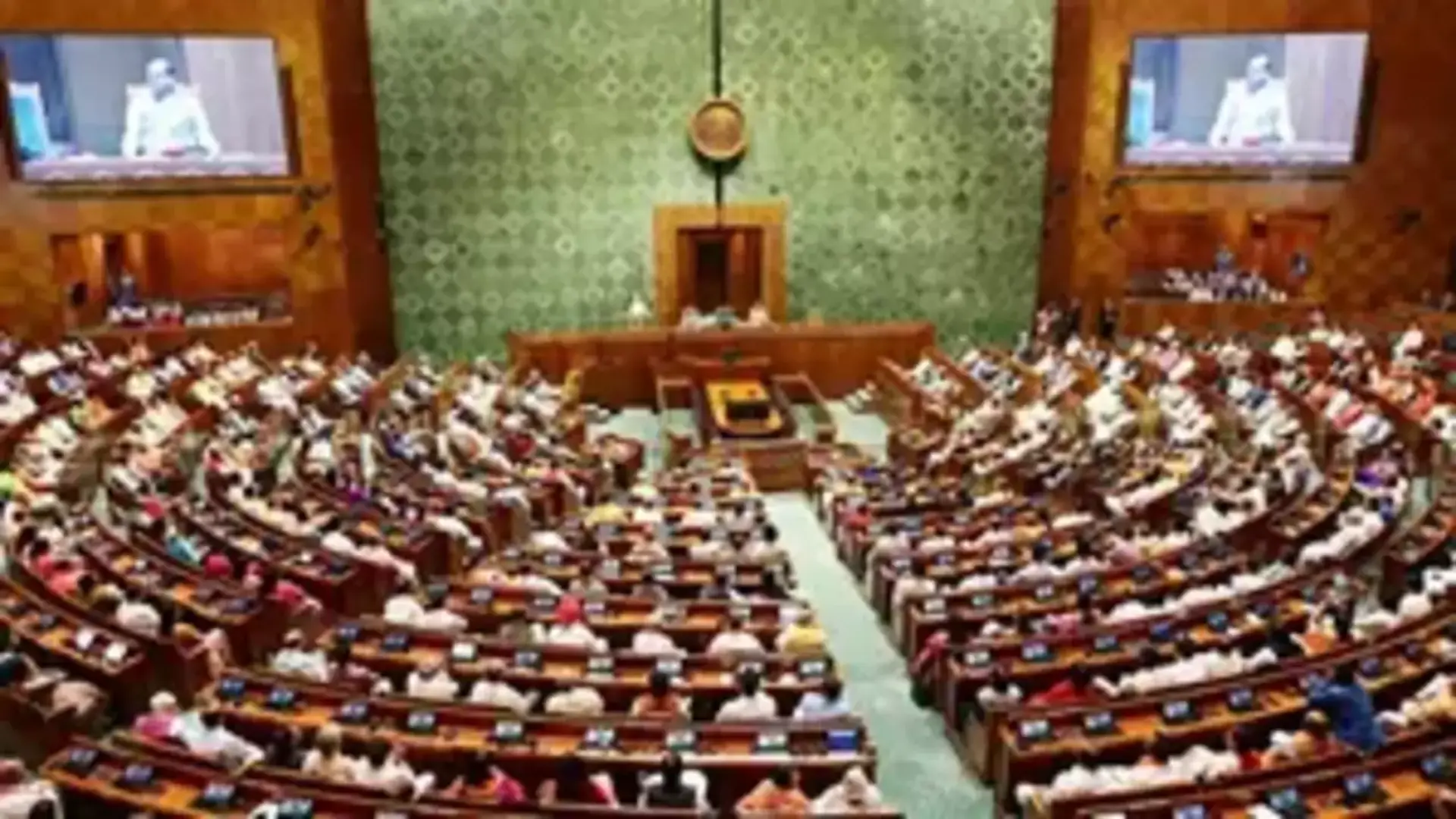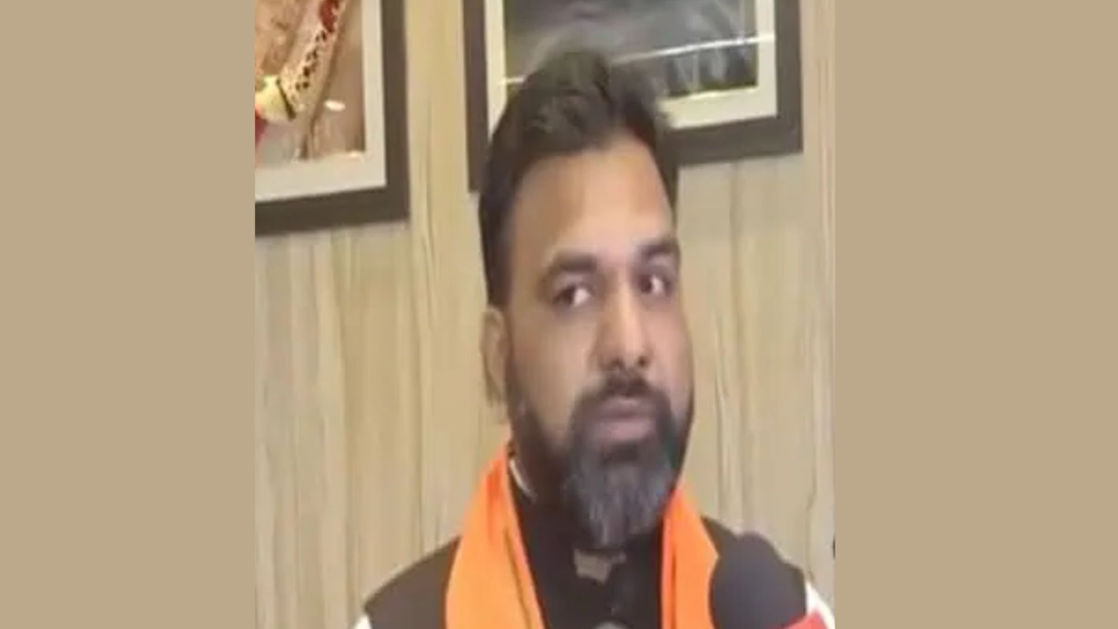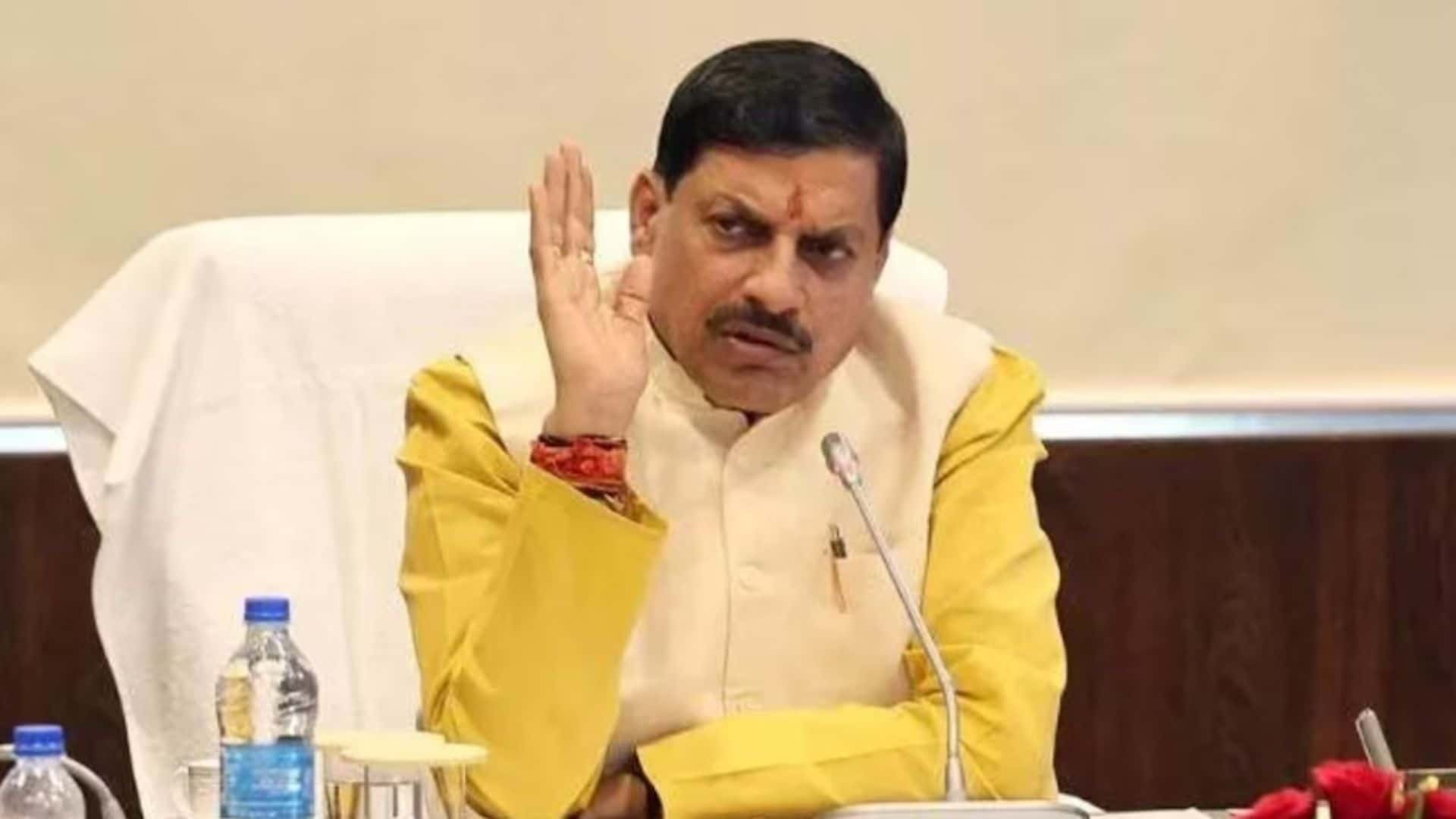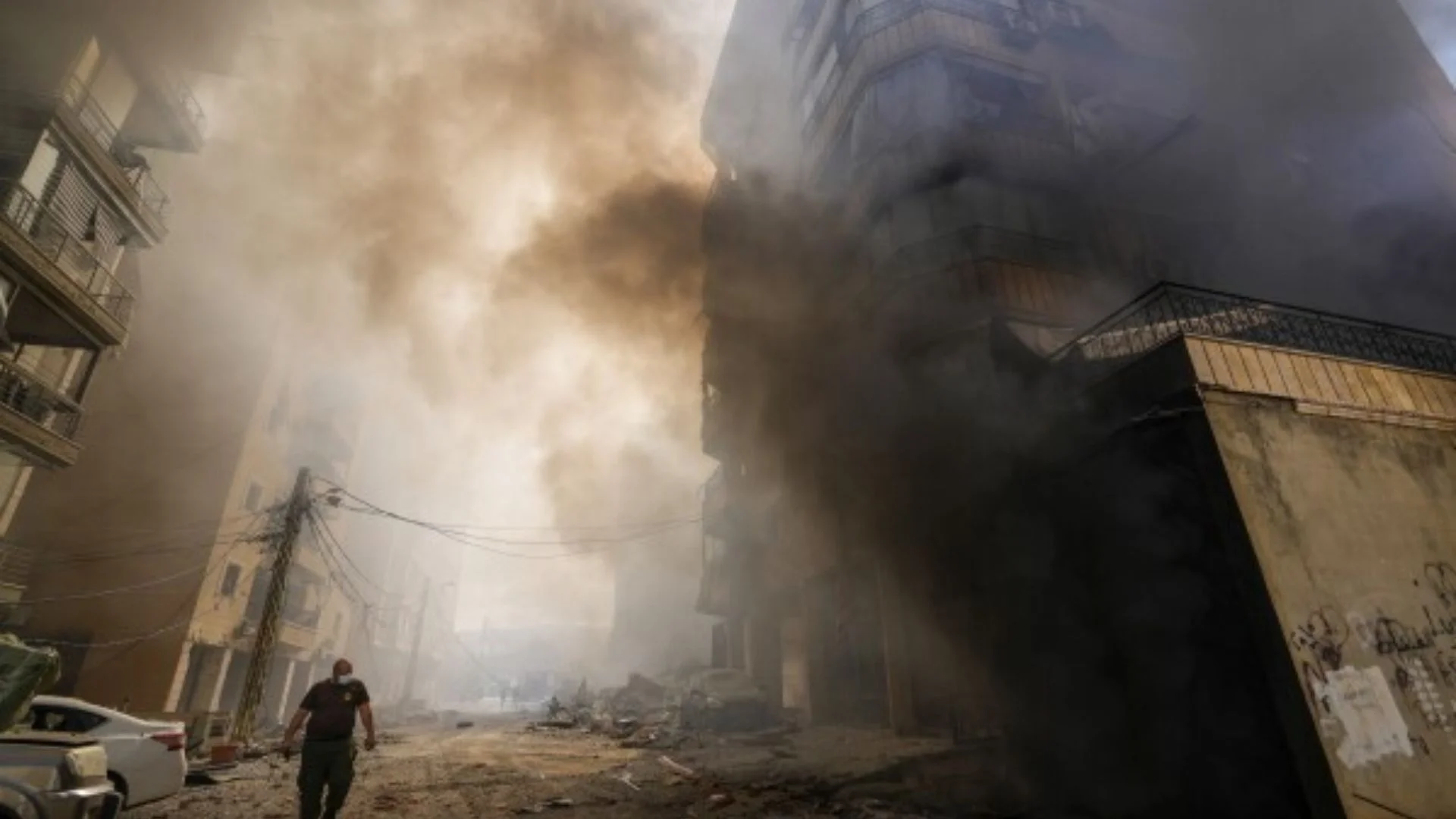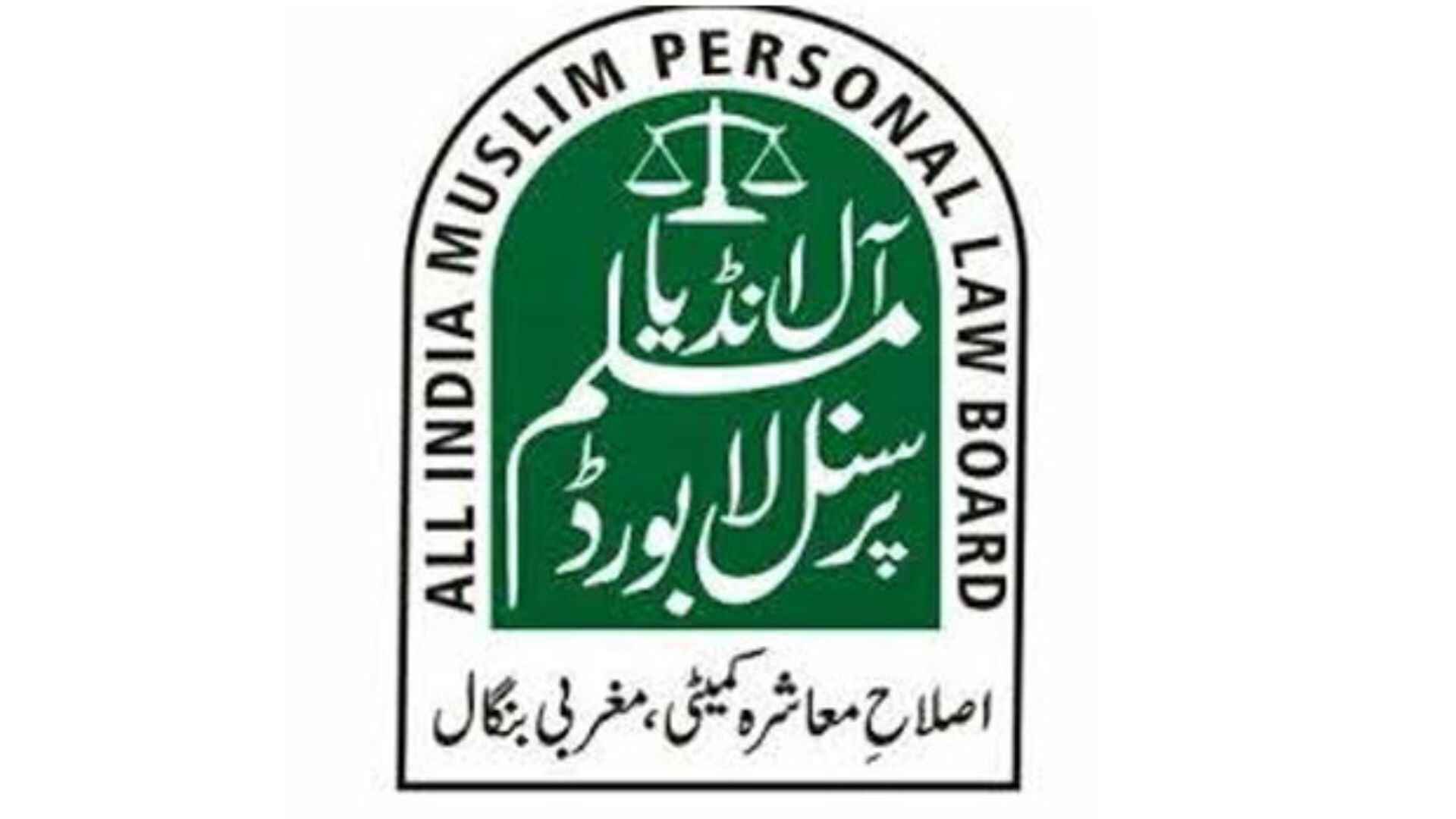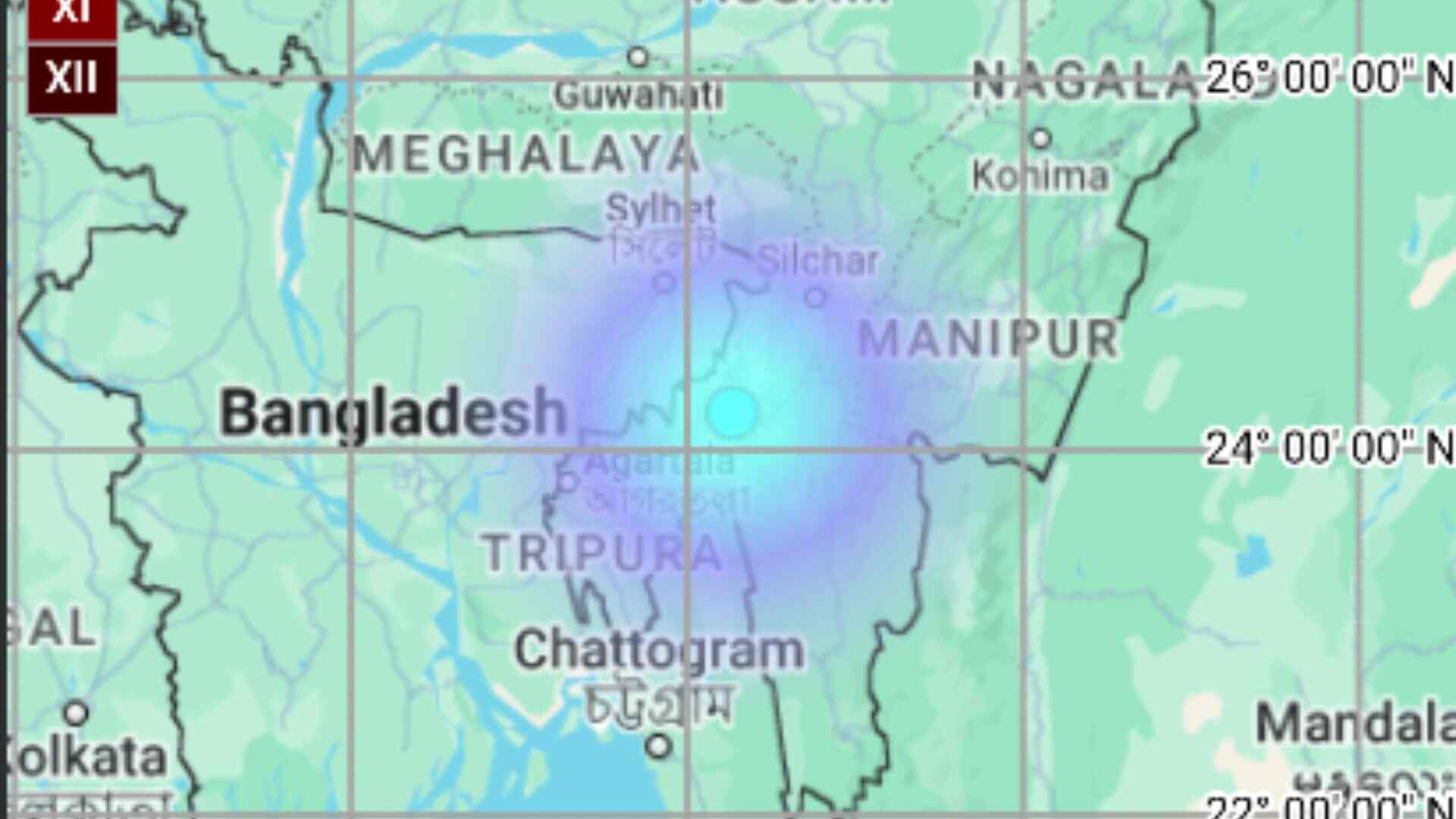
An acute shortage of health services, doctors, and infrastructure in government-run health institutions in Haryana has long been a matter of serious concern, exacerbating the plight of patients and their families. This situation has persisted across successive administrations, with efforts to ensure timely treatment proving inadequate, necessitating the state government to make necessary arrangements. Continuous demands to fill vacant positions of doctors, technical staff, nurses, and other personnel are being raised to address the issue of affected health services and delayed patient treatment. However, while the government claims to be actively filling these vacancies, it has come to light that more than one-fourth of Medical Officer positions in Haryana remain unfilled, leading to treatment delays and forcing patients to seek care in private hospitals.
This disproportionately affects economically disadvantaged individuals. Health Department data reveals a total of 3903 sanctioned Medical Officer positions in Haryana, of which only 2794 are filled, representing a vacancy rate of over 28%. There has been a significant increase in vacancies compared to five years prior. Additionally, more than 40% of irregularly approved medical officer positions are vacant. Despite appointing 608 medical officers with Post Graduate Diplomas and Degrees in the last nine years, government-run health institutions in Haryana continue to face a severe shortage of medical professionals, causing inconvenience to patients. Moreover, out of 374 sanctioned Senior Medical Officer positions, 38% remain vacant. The gravity of this situation has prompted MLAs from both ruling and opposition factions to continuously raise concerns about the impact on health services and patient care. Despite recruiting doctors and medical experts multiple times since the financial year 2017-18, vacancies persist, with more than 1500 doctor and health expert positions unfilled. A senior health department official, speaking anonymously, highlighted the scarcity of radiologists in the state’s civil hospitals, with only a dozen serving in over 20 facilities.
The discrepancy in salary between government and private sector roles, coupled with administrative and facility-related challenges, contributes to doctors leaving government positions. Notably, the number of specialists such as gynecologists, anesthesiologists, physicians, and pediatricians in Haryana falls below half of Indian Public Health Standards recommendations. According to IPHS guidelines, community health centers should have specialists in surgery, obstetrics, and pediatrics, as well as an anesthetist, a public health program manager, and an eye surgeon for every four CHCs.
